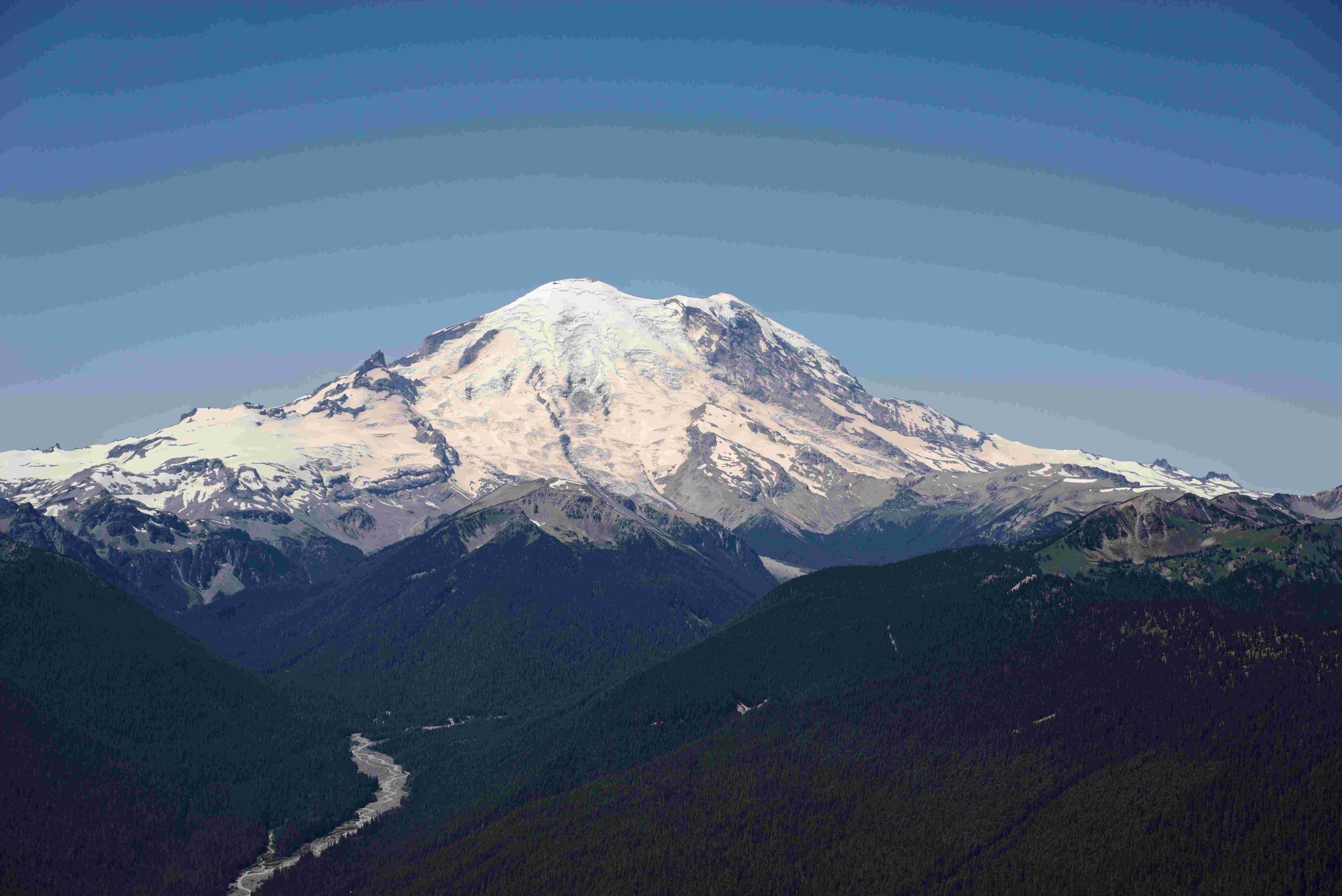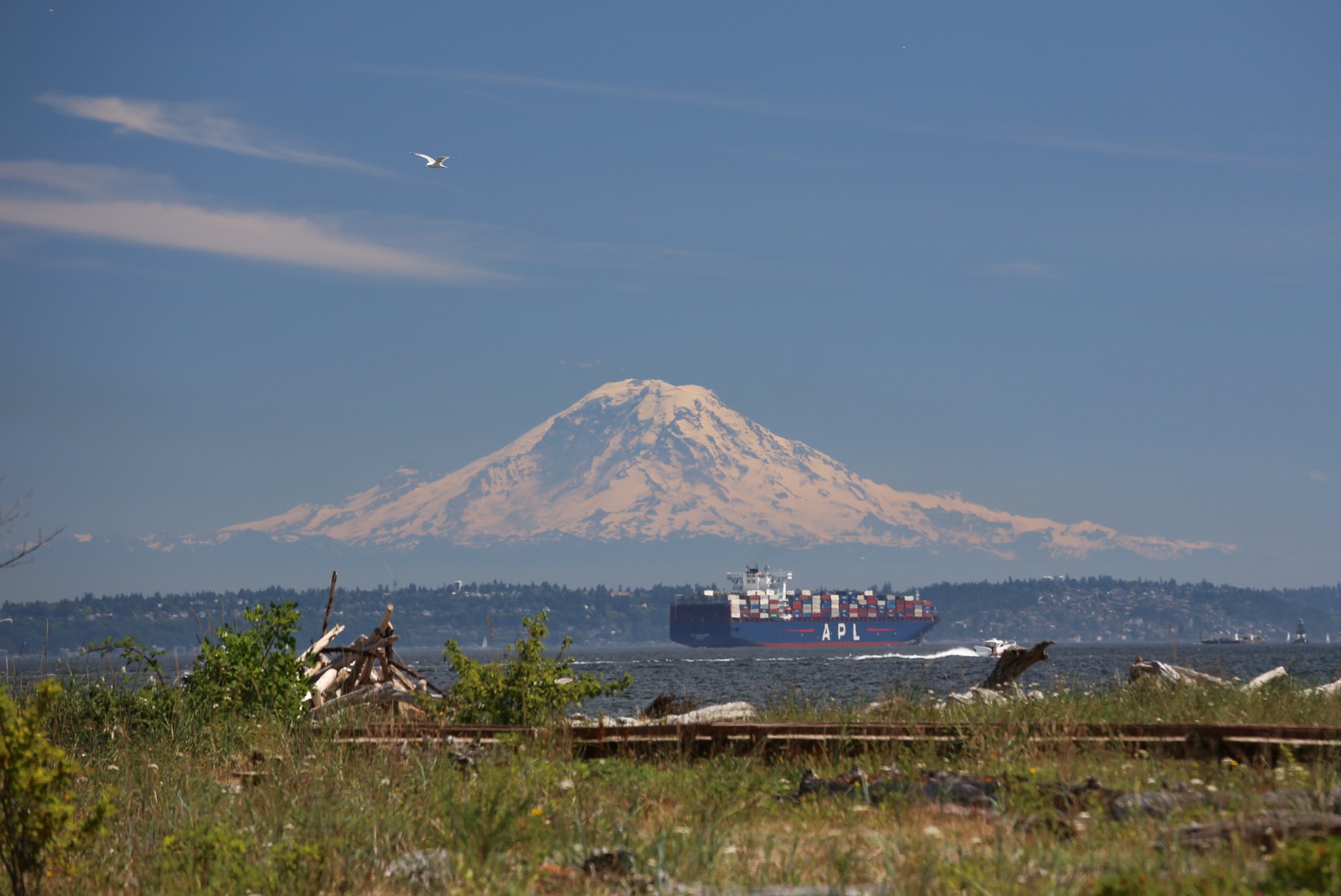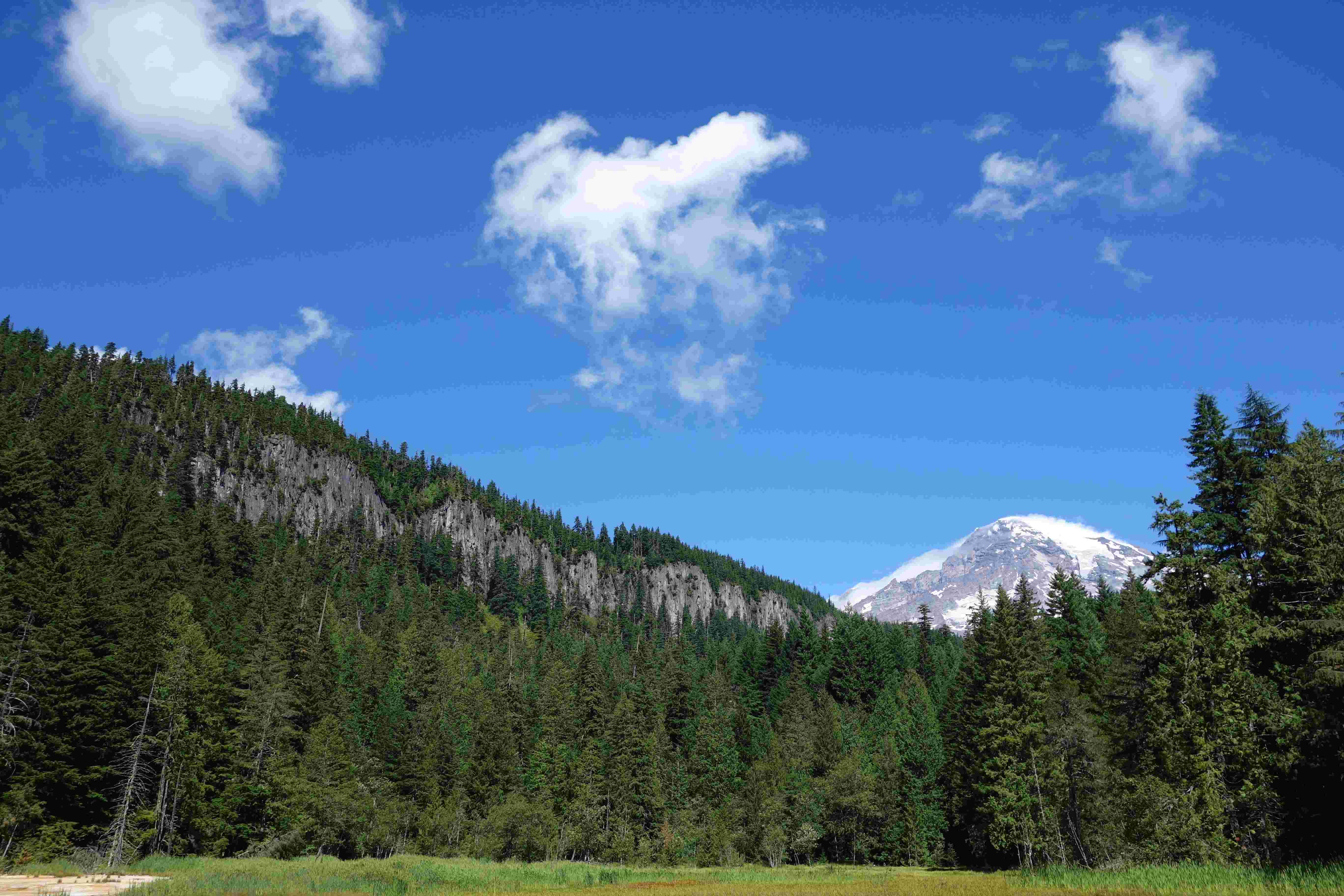Mount Rainier Cadaver Gap is a challenging and potentially dangerous section of the Ingraham Direct Route on Mount Rainier, located at approximately 11,250 feet elevation. This area is known for its steep terrain, crevasse hazards, and historical avalanche incidents. Climbers attempting this route must be well-prepared, experienced in glacier travel, and aware of the risks associated with high-altitude mountaineering.
What is the Location and Elevation of Mount Rainier Cadaver Gap?

Mount Rainier Cadaver Gap is situated at an elevation of approximately 11,250 feet on the Ingraham Direct Route. While specific GPS coordinates are not provided for Cadaver Gap itself, climbers can use the following key locations for navigation:
-
Paradise Lodge: 5,400 feet (starting point)
-
Camp Muir: 10,080 feet
-
Ingraham Flats: 11,100 feet
Cadaver Gap is located just above Ingraham Flats, making it a critical point in the ascent to Mount Rainier’s summit.
How Do Climbers Access Mount Rainier Cadaver Gap?

To reach Cadaver Gap, climbers must follow a challenging route that involves significant elevation gain and technical glacier travel. Here’s a step-by-step guide:
-
Start at Paradise Lodge (5,400 feet)
-
Take the Skyline Trail to Glacier Vista
-
Ascend to Panorama Point
-
Continue to Pebble Creek
-
Climb the Muir Snowfield to Camp Muir (10,080 feet)
-
From Camp Muir, ascend the Cowlitz Glacier on its north-northwest side
-
Skirt the upper bergschrund to reach Cadaver Gap (11,250 feet)
This route involves an elevation gain of approximately 6,150 feet from Paradise to Cadaver Gap.
What are the Key Features of the Mount Rainier Cadaver Gap Trail?
The trail to Mount Rainier Cadaver Gap is characterized by:
-
Trail Length
: Approximately 5.5 miles from Paradise to Cadaver Gap
-
Elevation Gain
: 6,150 feet
-
Difficulty Rating
: Alpine Grade II
-
Terrain
: Steep snow and ice, glacier travel, potential crevasses
Notable waypoints and landmarks include:
-
Glacier Vista
-
Panorama Point
-
Pebble Creek
-
Camp Muir
-
Cowlitz Glacier
-
Upper bergschrund
-
Ingraham Flats
What Safety Concerns Should Climbers Be Aware Of?
Climbers attempting to reach Mount Rainier Cadaver Gap should be aware of several significant safety concerns:
-
Crevasse Hazards
: The route traverses glaciated terrain with potentially hidden crevasses.
-
Avalanche Risk
: Cadaver Gap has a history of fatal avalanches, particularly during certain weather conditions.
-
Steep Terrain
: The route involves climbing on steep snow and ice, requiring proper equipment and technique.
-
Weather Variability
: Rapid weather changes can occur, leading to whiteout conditions or severe storms.
-
Altitude-Related Illnesses
: The high elevation increases the risk of altitude sickness.
To mitigate these risks, climbers should:
-
Be experienced in glacier travel and crevasse rescue
-
Check current weather and avalanche forecasts before attempting the climb
-
Carry appropriate safety gear, including harnesses, ropes, and crevasse rescue equipment
-
Be prepared for self-rescue and have a communication plan in case of emergencies
What are the Weather Conditions and Seasonal Patterns at Mount Rainier Cadaver Gap?
Weather conditions at Mount Rainier Cadaver Gap can be severe and unpredictable. Climbers should be prepared for:
-
Temperature Range
: Often below freezing, even during summer months
-
Precipitation
: Frequent snow and potential for winter storms year-round
-
Wind
: Strong winds, especially at higher elevations
Seasonal patterns to consider:
|
Season |
Conditions |
Climbing Feasibility |
|---|---|---|
|
Winter |
Heavy snow, severe storms |
Limited to experienced mountaineers |
|
Spring |
Variable conditions, avalanche risk |
Popular for Ingraham Direct Route |
|
Summer |
More stable weather, crevasse hazards |
Main climbing season |
|
Fall |
Increasing storm risk, early snow |
Climbing season winding down |
The Ingraham Direct Route, which includes Cadaver Gap, is most commonly used from January to May due to crevasse conditions.
What Gear is Essential for Climbing Mount Rainier Cadaver Gap?
Climbers attempting to reach Mount Rainier Cadaver Gap should be equipped with:
-
Crampons
-
Ice axe
-
Climbing harness
-
Rope and crevasse rescue gear
-
Helmet
-
Insulated and waterproof clothing layers
-
High-altitude boots
-
Avalanche beacon, probe, and shovel
-
Navigation tools (map, compass, GPS)
-
Emergency shelter and first aid kit
Additional gear may be necessary depending on the season and specific route conditions.
How Can Climbers Prepare for an Ascent to Mount Rainier Cadaver Gap?
Proper preparation is crucial for a safe attempt at reaching Mount Rainier Cadaver Gap:
-
Physical Conditioning
: Engage in a rigorous training program focusing on cardiovascular endurance and strength.
-
Technical Skills
: Gain experience in glacier travel, crevasse rescue, and steep snow climbing.
-
Acclimatization
: Spend time at higher elevations before attempting the climb to reduce the risk of altitude sickness.
-
Route Research
: Study detailed route descriptions and recent trip reports.
-
Weather Monitoring
: Check forecasts regularly and be prepared to adjust plans based on conditions.
-
Guided Options
: Consider joining a guided climb if lacking experience or unfamiliar with the area.
By thoroughly preparing and respecting the challenges of the mountain, climbers can increase their chances of a safe and successful ascent to Mount Rainier Cadaver Gap.
References:
1. https://www.timberlinetrails.com/RainierApproachClimb.html
2. https://www.summitpost.org/mount-rainier/150291
3. https://www.nps.gov/mora/planyourvisit/upload/Disappointment-Cleaver-Routebrief-2017_FINAL.pdf

